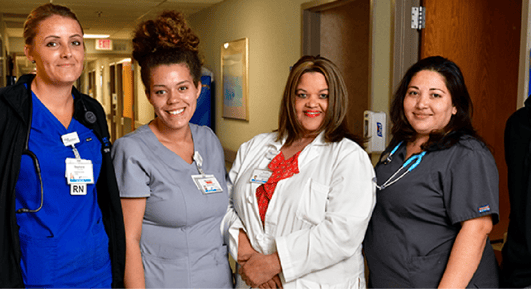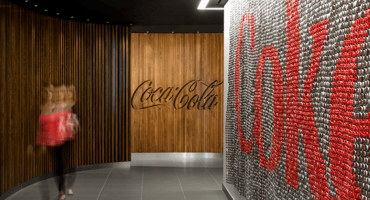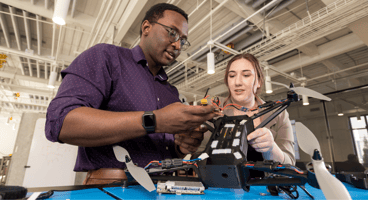Featured Customer Stories

Norton Healthcare: Customer EX Impact Story
Norton Healthcare Culture Champions Drive 22% Lower Intent to Leave Through Exemplary Leadership
Learn More about Norton Healthcare: Customer EX Impact Story
Prudential: Customer EX Impact Story
Prudential Cuts Top Talent Turnover 40% Through Predictive Listening Analytics
Learn More about Prudential: Customer EX Impact Story
Renown Health: Employee Listening Is a Prescription for Great Business Outcomes & Engagement
Renown Health used listening insights to boost engagement and strategic alignment, improving career development and financial performance.
Learn More about Renown Health: Employee Listening Is a Prescription for Great Business Outcomes & Engagement
Tuning In to Talent: How Comcast Uses Continuous Employee Feedback to Boost Engagement and Retention
Comcast applied listening insights to improve retention and engagement with front-line staff, and address needs for leadership skills development.
Learn More about Tuning In to Talent: How Comcast Uses Continuous Employee Feedback to Boost Engagement and Retention
Employee Listening Feedback from the Frontlines Drives Change at Keurig Dr Pepper
Keurig Dr Pepper’s partnership with Perceptyx highlights the importance of employee listening to support all workers, including those in frontline roles.
Read More about Employee Listening Feedback from the Frontlines Drives Change at Keurig Dr Pepper
A Fresh Approach to Engagement at Scale
Ahold Delhaize has partnered with Perceptyx to evolve its listening program to ultimately meet the need for global data gathered through surveys personalized to each brand.
Read More about A Fresh Approach to Engagement at ScaleDriving EX Transformation Across Industries

MGM Resorts International: Customer EX Impact Story
MGM Resorts Elevates Employee Engagement with New Supervisor Training Program
Learn More about MGM Resorts International Customer EX Impact Story
ABC Fitness: Customer EX Impact Story
ABC Fitness Acts on Employee Feedback to Boost Cross-Functional Cooperation and Manager Respect
Learn More about ABC Fitness Customer EX Impact Story
UW Health: Customer EX Impact Story
UW Health Saves Hundreds of Employee Hours on Listening Survey Completion While Boosting Engagement
Learn More about UW Health Customer EX Impact Story
Arca Continental Coca-Cola Southwest Beverages: Customer EX Impact Story
Coca-Cola Southwest Realizes 19% in Employee Engagement Over 5 Years by Building a Culture of Respect
Learn More about Arca Continental Coca-Cola Southwest Beverages Customer EX Impact Story
PSEG: Customer EX Impact Story
PSEG Raises Recognition Scores 5% Through Employee-Facilitated Initiatives
Learn More about PSEG (Public Service Enterprise Group) Customer EX Impact Story
Booz Allen Hamilton: Customer EX Impact Story
Booz Allen Uses Enhanced Employee Listening to Help Facilitate Record Revenue Growth
Learn More about Booz Allen Hamilton Customer EX Impact Story
VNS Health: Customer EX Impact Story
VNS Health Decreases Turnover by 9% Through Feedback-Driven Improvements
Learn More about VNS Health Customer EX Impact Story
Zurich Insurance: Customer EX Impact Story
Zurich Reaches 85% Survey Participation and Exceeds High-Performance and Industry Benchmarks
Learn More about Zurich Insurance Customer EX Impact Story
Keurig Dr Pepper: Customer EX Impact Story
Keurig Dr Pepper Development Pilot Powers 5% Jump in Manager Ratings
Learn More about Keurig Dr Pepper Customer EX Impact Story